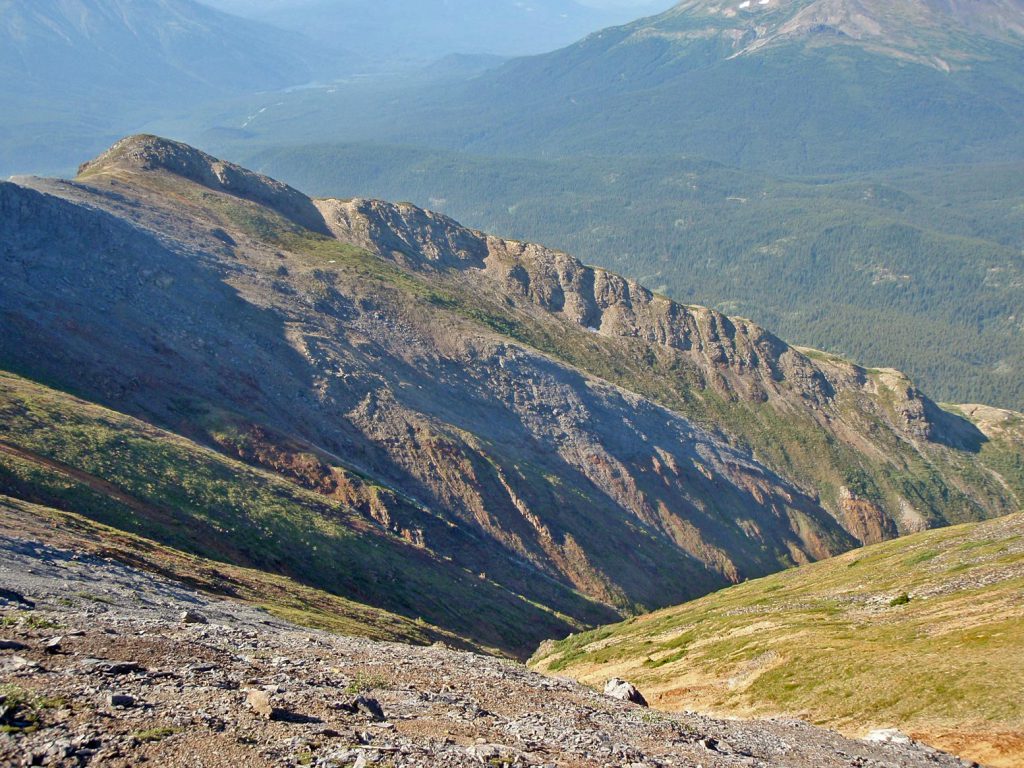Pacific Bay airborne survey reveals magnetic anomalies at Wheaton Creek Gold Property

Pacific Bay Minerals Ltd. [TSXV: PBM] earlier announced that Precision GeoSurveys Inc. has completed the airborne magnetic survey over the Company’s 100% owned Wheaton Creek Gold property in Northern British Columbia. The survey has successfully outlined distinctive magnetic features that will assist the drill targeting in the upcoming program.
VP of Exploration, Sebastien Ah Fat, stated “We are very pleased to find that the survey has successfully confirmed our initial theory that a well-defined ultramafic contact boundary exists on the property. The discovery of thick zones of magnetic lows that abruptly transition from magnetic highs may be associated with liswanite mineralization. Listwanite, being formed by the carbonization of serpentinized ultramafic rock, is a key alteration indicator commonly associated with mesothermal quartz carbonate gold deposits and we hope to confirm this via our future drilling programs at Wheaton Creek Gold.”
The survey successfully identified magnetic high anomalies of the Cache Creek Ultramafic Complex and distinctive contact fault boundaries which are prospective for hydrothermal deposition. Furthermore, a thick, northwest-trending, magnetic low anomaly adjoining the Cache Creek Ultramafic Complex to the east may correlate with carbonization of serpentinized ultramafic rock known as liswanite. Listwanite is a distinctive alteration feature commonly associated with lode gold, quartz carbonate gold deposits. These findings reinforce the thesis that Wheaton Creek bears many geologic similarities to the Atlin Mining Camp where the source of the placer gold was found to be at or near fault boundaries of ultramafic and sedimentary rock.
Pacific Bay’s Vice President of Operations, Antonio Vespa, explains, “We want to take a data driven approach for our exploration programs. Now that we have completed our initial site visit and the airborne magnetic survey, we have increased confidence in our proposed drill targets. We are very excited to receive further interpretation of the data gathered so far and continue with exploration later this year.”
